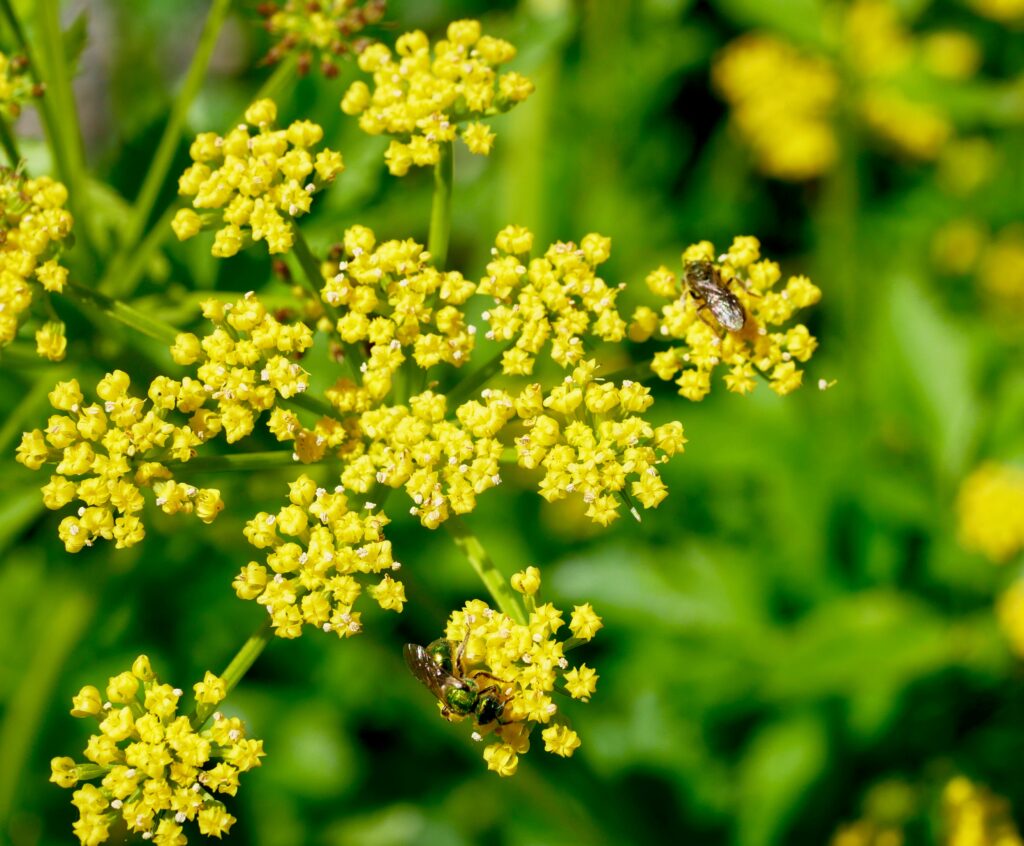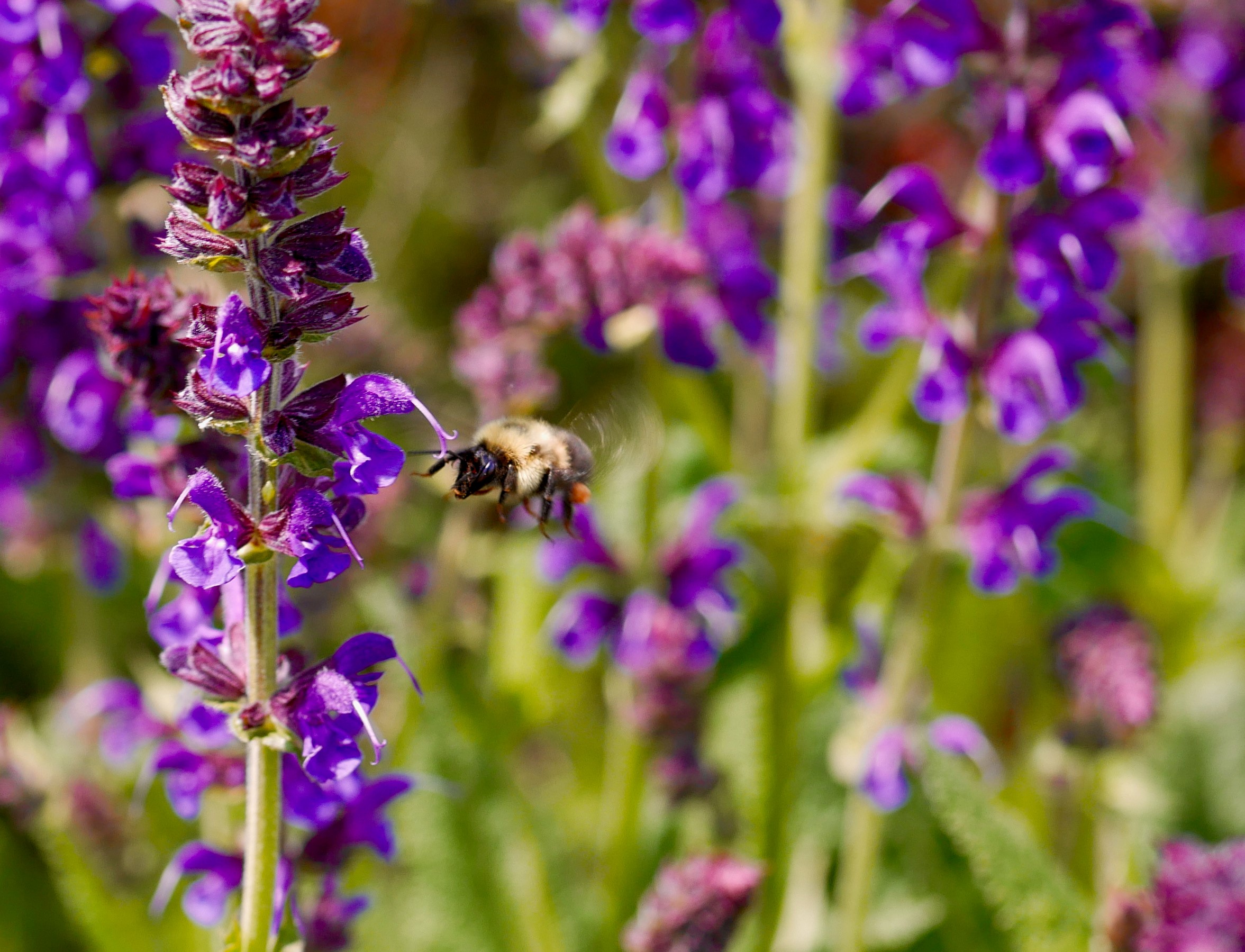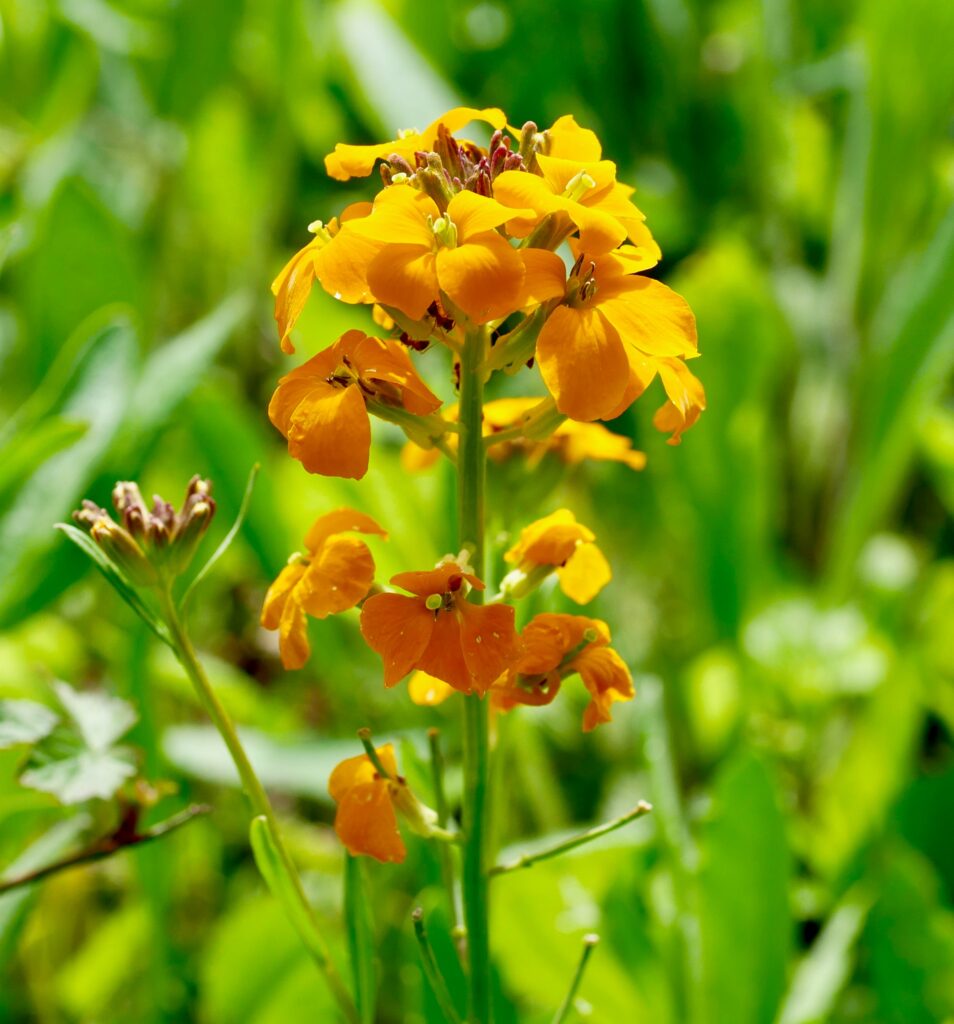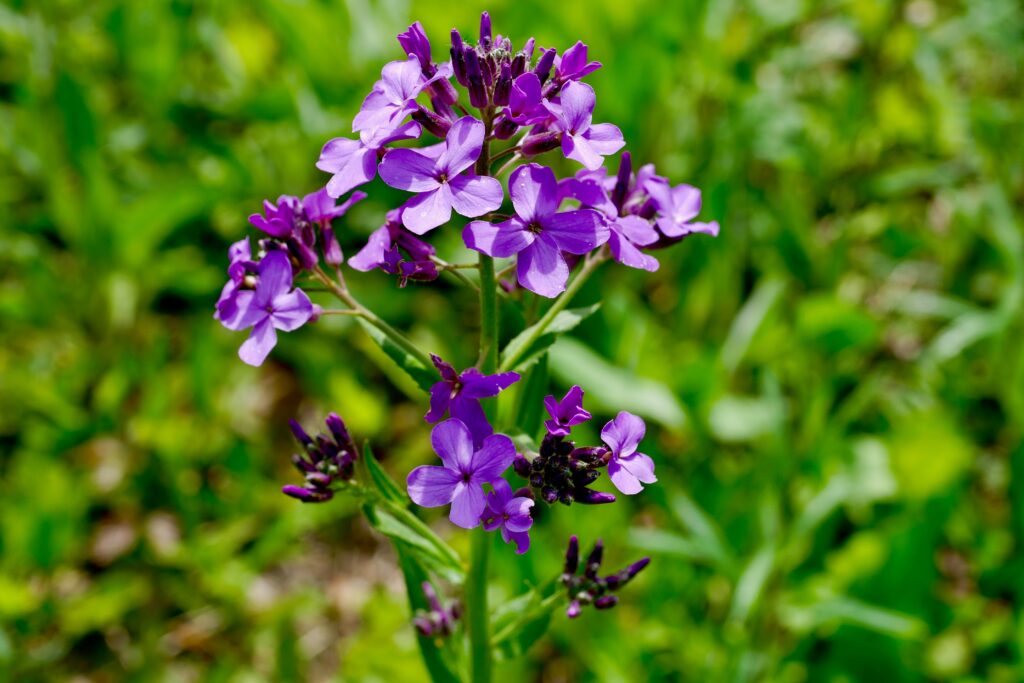By David P. Davis
Newsroom@DominionPost.com
This week at the West Virginia Botanic Garden, we take a diversion to discuss the intricacies of plant-insect interactions.
Plants are critical to many insect species since they serve as host plants for immature larval development. Some of these relationships are very specific. Plants also provide food for adult insects by producing nectar and pollen.
In return, many plants rely on insects for pollination, and the showy blooms we appreciate attract insects that roam from flower to flower disseminating pollen.
We start this week with golden Alexander (Zizia aurea), an herbaceous perennial member of the carrot family. Golden Alexanders are not only frequented by pollinating insects; they also serve as a larval host plant for black swallowtails. Our golden Alexanders are forming large, three-foot-wide clumps that are about two feet tall and full of golden-yellow blooms. You can find golden Alexanders in the arching bed below our Education and Event Center.

Also, just beginning to bloom this week are wildflowers in our pollinator beds. We have been developing these beds over the past few years, and they now include a wide range of perennial wildflowers.
Currently blooming are Siberian wallflowers (Cheiranthus allionii) and dame’s rocket violets (Hesperis matronalis). The Siberian wallflowers are about 18 inches tall with clusters of orange blooms, while the violets are a bit taller with clusters of purple blooms. Side-by-side, the purple and orange flowers are attracting bees and visitors alike to stop and take in their beauty (or a sip of nectar).
The woodland sage (Salvia x sylvestris “May Night”) is now in bloom and is a real favorite for pollinators. These herbaceous perennials are in the mint family and have spikes of purple-blue blooms about 12-18 inches tall. Like all mints, bees and butterflies gather at their blooms, and the Yagle Garden at the WVBG has a large variety of mints to please all our guests.
We have been watching our praying mantis egg cases (ootheca), awaiting the hatching of the nymphs. And, as our weather turns consistently warm, I am sure these little predators will emerge to add to the insect drama that plays out at the WVBG. Look for these egg cases in the ninebarks (Physocarpus) that line the edge of the Yagle Garden and see if you can spot the nymphs as they emerge.
Come see everything blooming now at the WVBG, and be cautious around the bees and butterflies.






